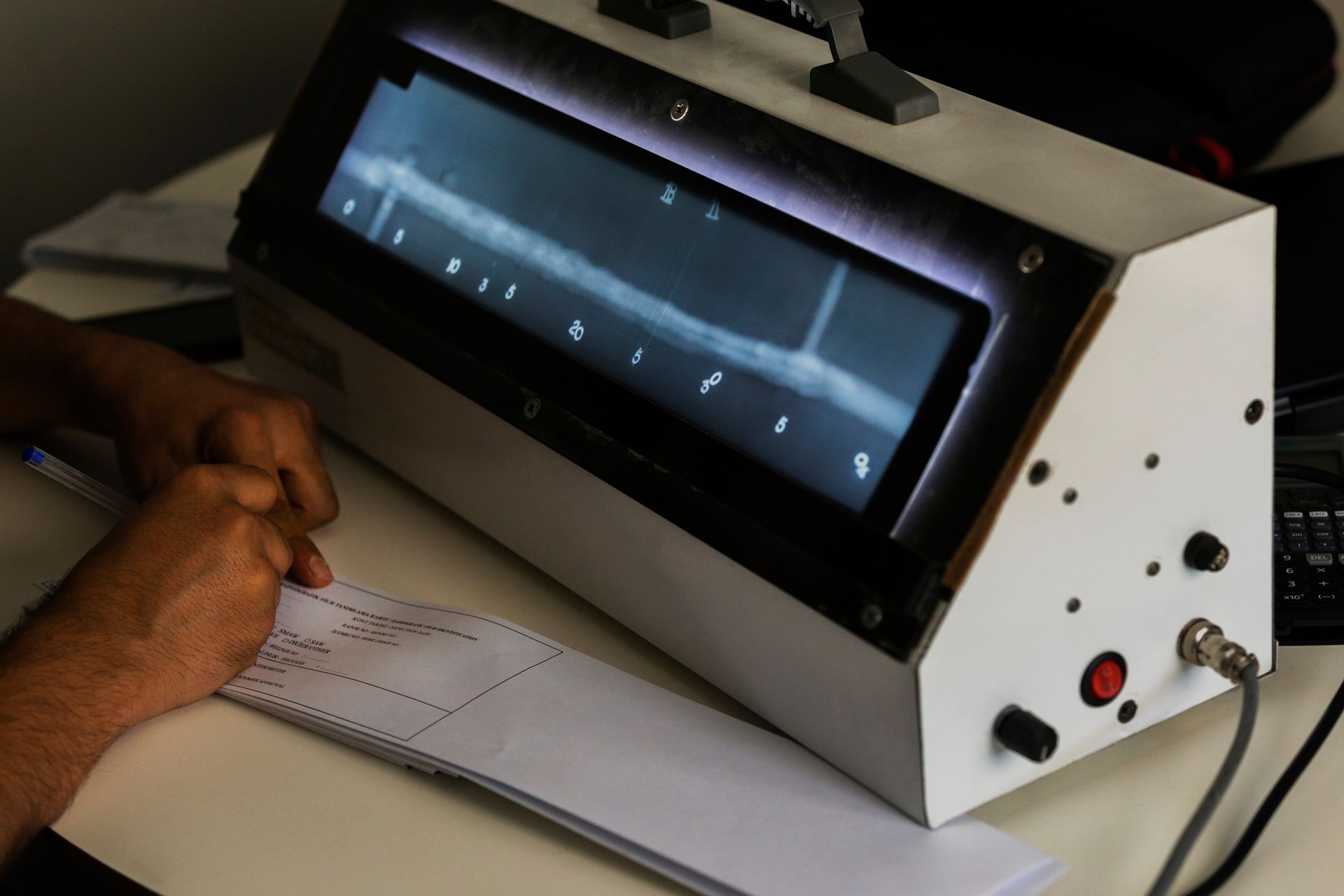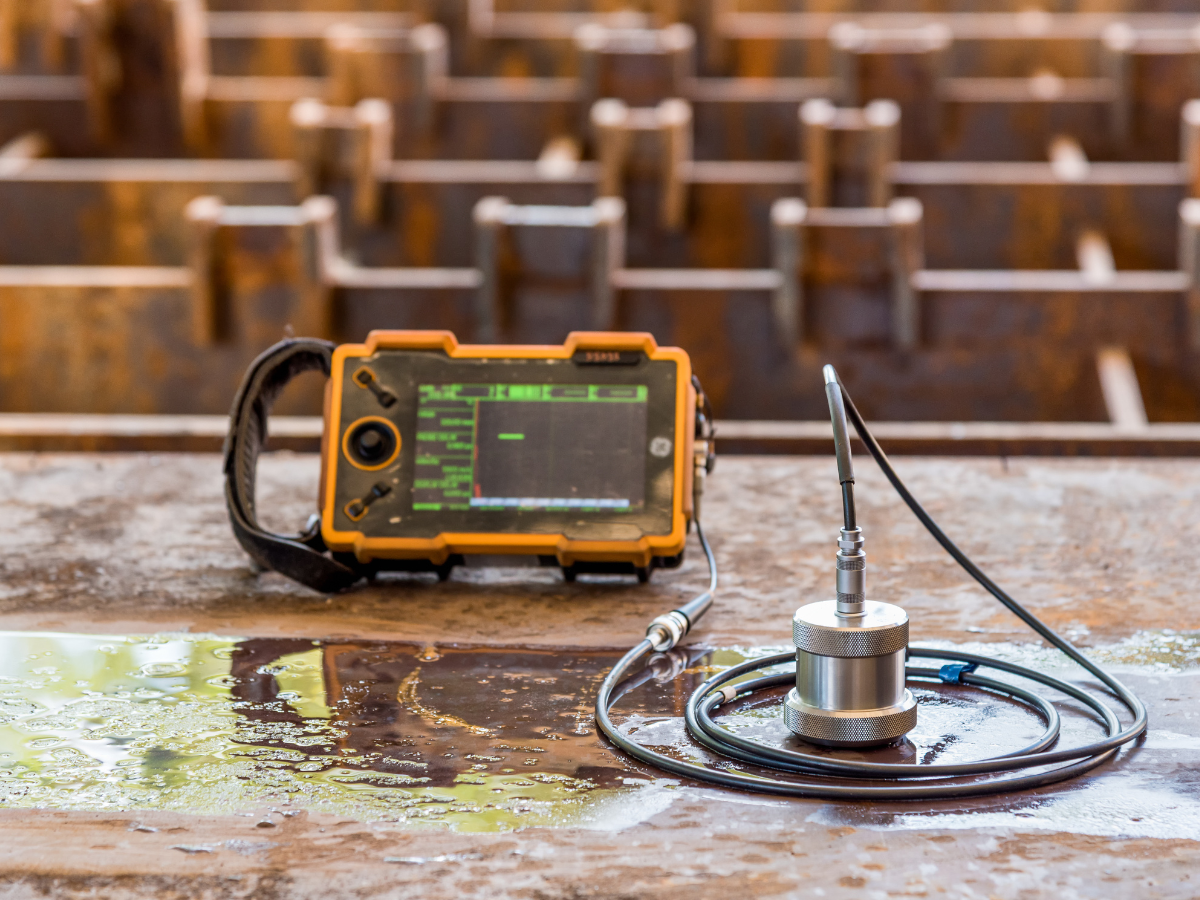The Importance of Training in NDT
December 20, 2022
A well trained NDT technician is critical to overall success.
One way to ensure high-quality service, accurate results, and successful outcomes in non-destructive testing is to require a high level of training. Non-destructive testing is a career that requires extensive training and education. Along with many other requirements, NDT technicians must be proficient in NDT codes and standards and possess a level of a diverse set of skills.
According to
NDT.org, non-destructive testing is a field of engineering encompassing the testing and inspection of materials and equipment to evaluate conditions, find flaws and defects, and extend the useful life of the infrastructure all around us. It’s a wide group of analysis techniques used within science and technology industries to evaluate the properties of a material, component, or system without causing damage.
With that said, NDT requires great knowledge, focus, and dedication. The importance of non-destructive testing training cannot be overemphasized. NDT plays a crucial role in everyday life and is necessary to assure safety and reliability. What
non-destructive testing technicians
do every day has a huge impact on everything around them. They’re relied on heavily by other industries to inspect properties and make sure they’re passing safety standards. Well-trained and qualified technicians provide accurate results for the prevention of failures in components or structures.
NDT technicians must have a high level of attention to detail and meticulous analytical skills when conducting tests on structures and products. These tests involve several variables requiring the technician to consider and analyze material thickness, temperature changes, and other variables in their design reports. Overall, someone who is looking to become an NDT technician should have good
vision, a standard level of education, and basic knowledge of non-destructive testing.
Setting a standard of ongoing and continuous training with employees within NDT companies is extremely important and crucial to providing accurate results. NDT technicians should carry various certifications, participate in annual physical screenings, and certainly partake in
written and
hands-on training.
It’s a common possibility that non-destructive testing is needed in hazardous and dangerous environments. NDT professionals must understand the specific circumstances that must be taken to be safe and aware of the conditions on the job site. A professional NDT company that is focused on providing high-quality service will understand safety is a top priority.
Of course, with any form of testing and inspections you want to be sure to hire a team of professionals that are experienced and fully dedicated to satisfying their clients.
Steel City NDT
is serious about ongoing training within the company to keep everyone up to date regarding NDT and other related topics. In addition, Steel City NDT is capable of performing NDT training to get your employees ready to be certified. We provide high-quality NDT services throughout Pittsburgh and the surrounding areas.
Call
to discuss NDT training or services for your company!





